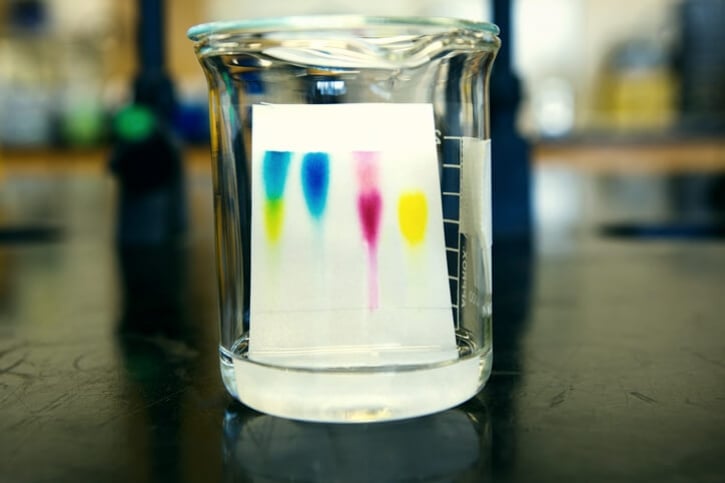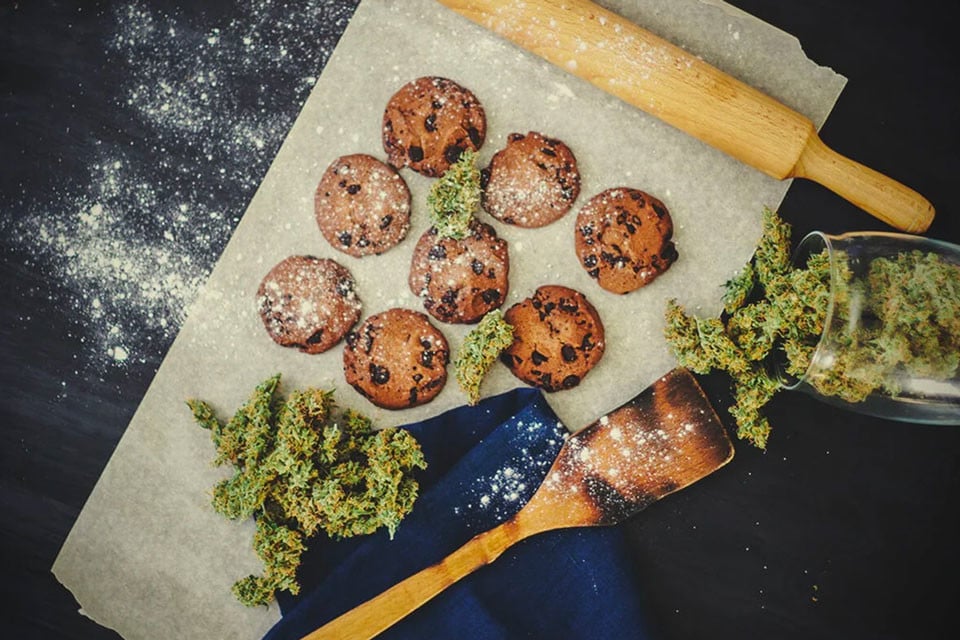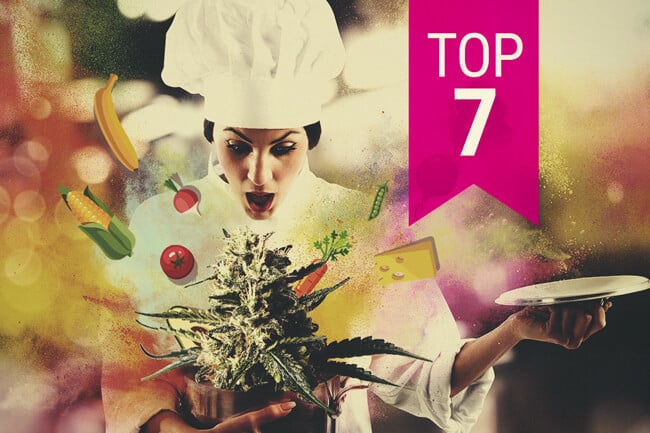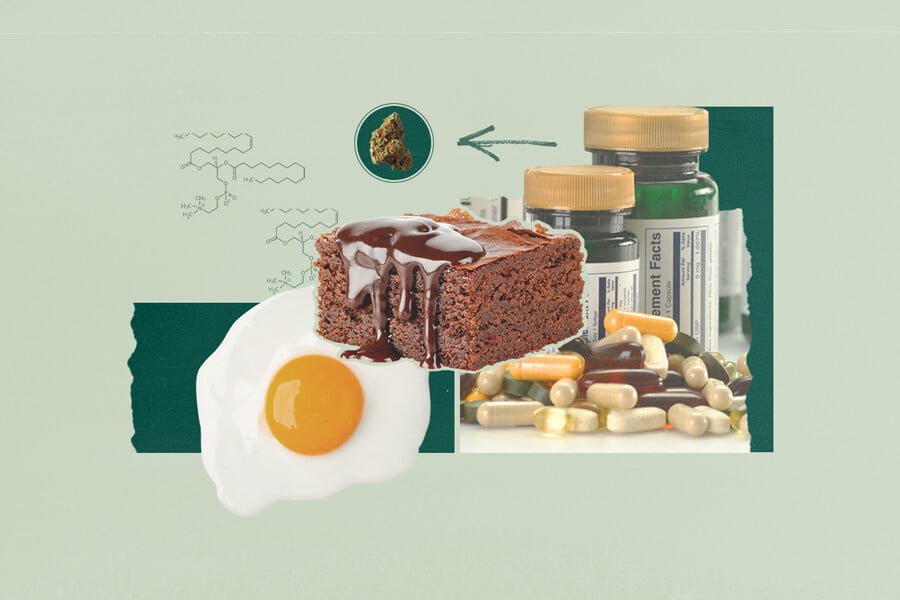.
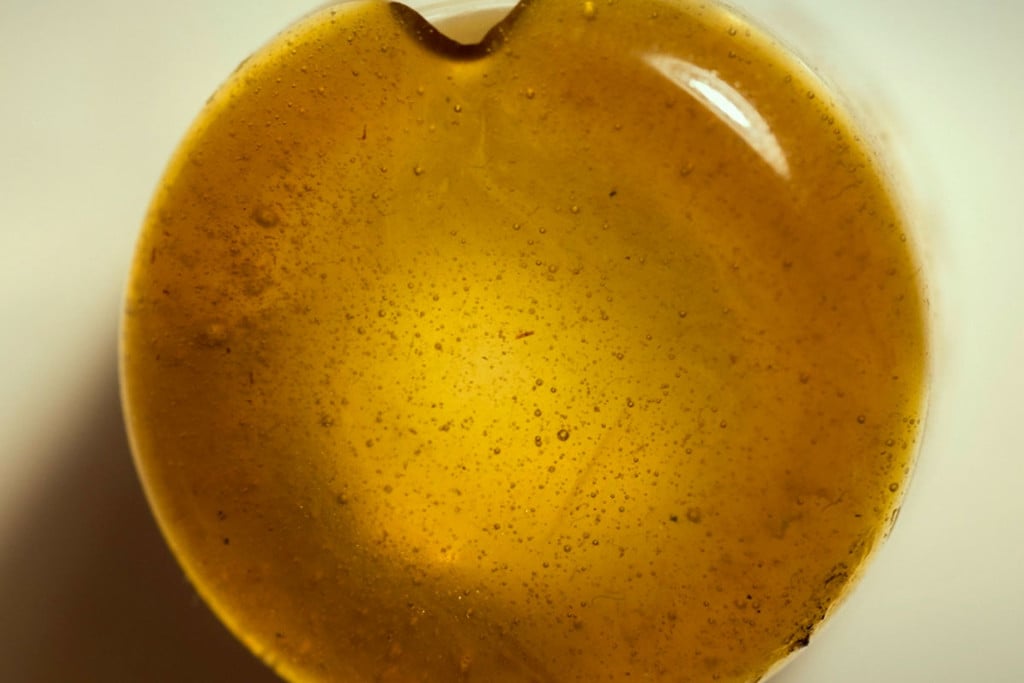
The Looming Cannabis Edibles Explosion About To Hit Europe
Cannabis concentrates are coming to Europe. The regulated medical markets here are creating the first nationally regulated industries in both Europe and Canada. However, beyond medical use, this means that the world of edibles is about to make its presence known here in a different way.
There are many trends in the weed industry that will probably hit Europe first. That does not mean they are not elsewhere too. However, a recent developments are going to make Europe one of the most interesting marijuana extractions markets for some time to come.
This development is suddenly becoming extremely evident thanks to Germany. The German government is clearly shepherding the medical market to extractions. The irony here? Look back in time just two years and this was not necessarily on the cards. Anywhere.
In the U.S. the extractions market was the Wild West. It still is thanks to no federal regulations. That said, legalizing states, starting with Colorado, have tried to get their hands around this. Regulations from sourcing to labelling are still a matter for battles in the states.
Several other states in the U.S. have now mandated that liquid cannabinoid is all that will be available.
Canada flirted briefly with banning a part of this market as did Holland. This is primarily because they were concerned about concentrates. However, such concerns appear to have been pushed to a backburner given other developments.
These days, while the bud has not gone out of style, it is also clear that non-bud cannabis is going to continue to make its presence felt.
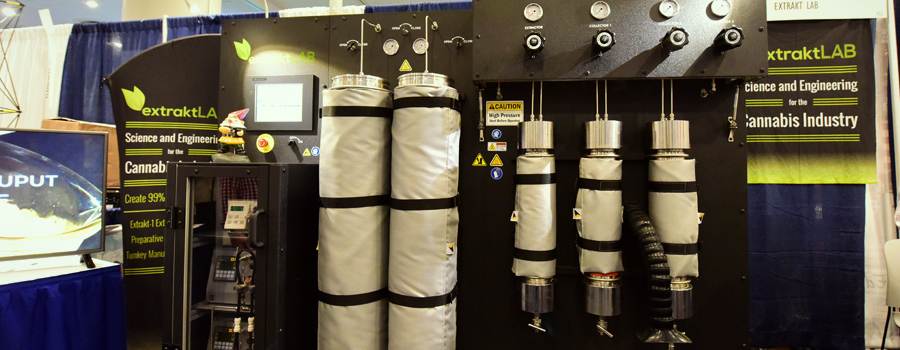
THE DIFFERENT PARTS OF THE NON-BUD MARKET
There are several parts of the so-called “smokeless” market. While this can mean edibles, extractions count as well. Why? Cannabis is easier to cook with when it has been turned into at least canna-liquid. This tends to be either fat or alcohol based. On the concentrates front, the allure of a quick and powerful high means that they are not going away. That said, every attempt is being made within the industry to professionalize this aspect of consumption.
Beyond the super-concentrated waxes, there are bigger fish to fry. The medical part of the market is going to rely heavily on concentrates, liquids and extractions. These are going to have to live up to regulated standards. They are also going to have to be well labelled.
There are several reasons why this is big news.
The first is that several markets – including Canada, Germany, Israel and Australia (if not potentially Ireland) will all create a regulated industry at a national level. Namely, this means professional production. It means labelling. It means consistency on the percentage and strength of what is being sold.
Extractions, concentrates, oils, tinctures and elixirs will have to be made per national health standards and in several countries. This is ultimately what most people want. This is one of the reasons why the smokeless market is so huge.
So is, of course, the desire to consume cannabis in a non-bud form.
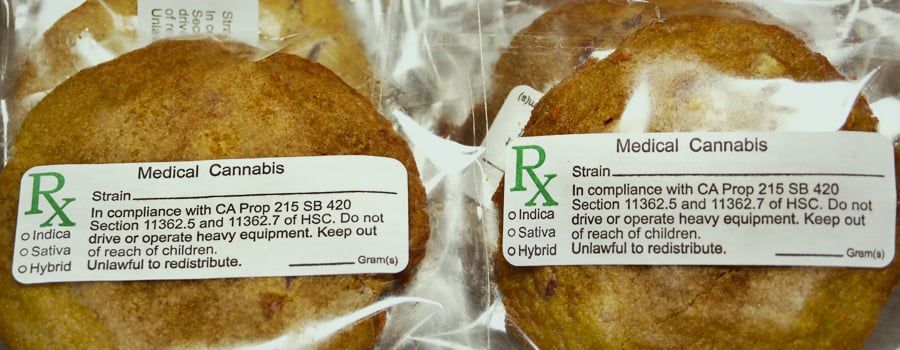
THE ALTERNATIVES AVAILABLE
There are several alternatives than the established production of concentrates creates.
The first, obviously, is that they can be consumed all by themselves. They can also be put in things (pills, edibles, soda, gum and candy). The first thing to remember is that what consumers care about first is the dosing they are getting per serving.
Ingested cannabis is a very different creature than regular smoked bud. For starters, the effects kick in much more slowly. They also last longer and are more intense. That is one of the reasons that labelling is so critical in this market. Consumers need to know how much they are consuming.
While it is not possible to die from a cannabis overdose, ingesting too much can be unpleasant. With edibles and concentrates in all their forms, these unpleasant occurrences are a likely and real possibility.
However, on the flip side of the coin, measuring consumption has actually never been easier. What the concentrates market also opens up for consumers is the possibility of micro-dosing with liquid cannabis. While this is also possible with smoking it, many consumers might find concentrates easier to handle. Particularly if they are in pill form.
The idea behind micro-dosing is that much smaller amounts are consumed more regularly. Because there is no “time release” technology for cannabinoids (yet), this is one way of ensuring a regular active supply of THC in the blood stream. Smoking a puff or two of a joint, for most people, is problematic. Particularly at work.
Micro-dosing with concentrates, on the other hand, is much easier. Whether it is consumed under the tongue, via edible or in a pill, “micro-dosing” is also a way to ensure a measured amount of cannabis on a timed schedule.
Most people recommend a serving size of no more than 10 mg per serving. For micro-dosing, however, this amount could be much lower – as little as 2-3 mg per dose. Dispensing via a measured liquid dispenser or in a pill is a super easy way to stick to that schedule. Generally speaking, 1 gram of cannabis (1,000 mg) has a total THC content of 100 mg. This means when making edibles, that 1 gram must be spread out into at least 10 separate servings.
For this reason, it is usually better to start with a canna-infused oil that can be better distributed into batter. However the lack of consistency in home-made treats is also something to watch out for.
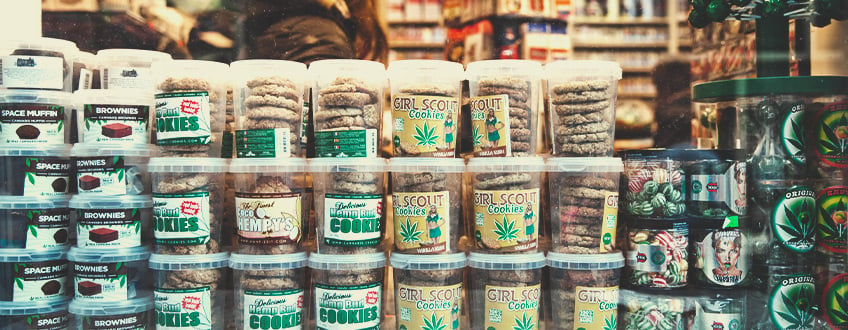
WHAT WORKS BEST?
Whether you make your own concentrates or buy them from a professional source, the world of canna-liquids opens up exciting possibilities. There is no one-fits-all approach either. Experimentation can be both fun and fulfilling.
The first part of the equation is to perfect your extraction technique of choice if not your medium. Do you want to make cannabutter? Perhaps you might experiment with infusing it into olive oil. This is highly recommended as a super-efficient way to extract THC. Perhaps you decide to use a different extraction method (such as ethanol). Maybe you want to play with milk solids (milk is also a good liquid for extracting cannabinoids).
That is the first step. While there are many good uses for all of the above, personal preference also plays a role of course.
It really depends on the user.
In the meantime, however, here are a few (delicious) ideas.
Hummus
This is one of those recipes that is perfect for olive oil infused with cannabis. The tangy flavours of the ingredients also hide the weed taste for those who do not like it. This recipe makes between 6-8 servings of 10 mg each. Just don’t let anyone hog more than their fair share!
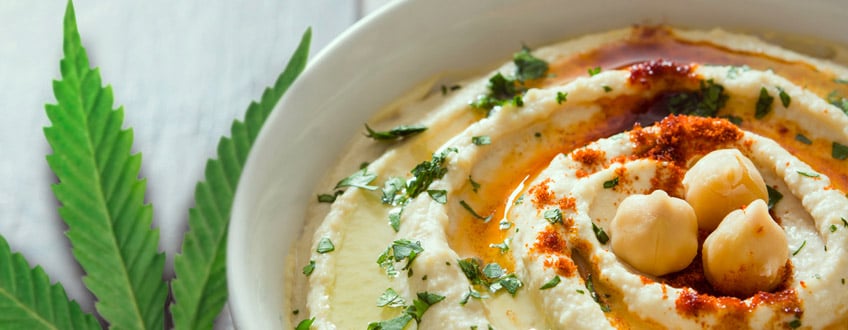
Burgers
While a lot of focus gets paid on the “typical” stoner recipes, infusing meat with cannabis is a delicious treat. That said, choose your meat carefully, and organic is always better. The burger will also be better if the meat is on the fattier side.
Vegan Chocolate Cookies
A great recipe using infused coconut oil, making this perfect for vegan tastes. With an average dose of 10 mg of THC per cookie, it is also hard to eat only one. These treats are absolutely scrumptious. To lower the level of THC per cookie, adjust the amount of THC-infused oil you use downwards in the recipe with a substitute of uninfused oil.
Margaritas
There are several schools of thought when it comes to all things drinks. Some people prefer to decarboxylate their cannabis. Others frequently use an ethanol or alcohol extraction. This is kind of a bit of both. Regardless, this is a potent, frosty, fun in the sun alternative you want to check out.


























